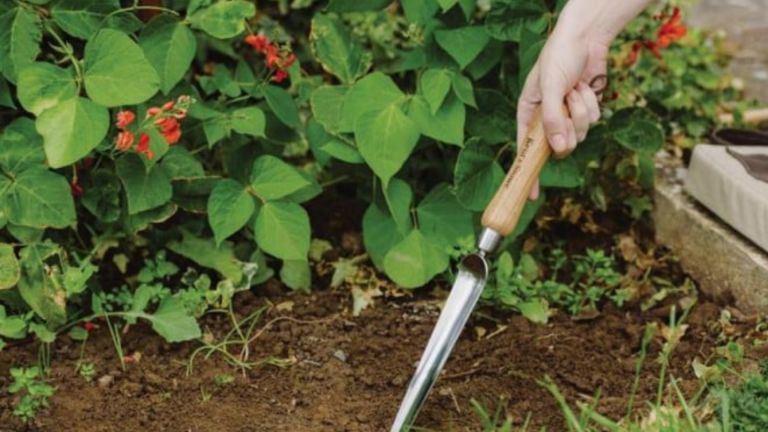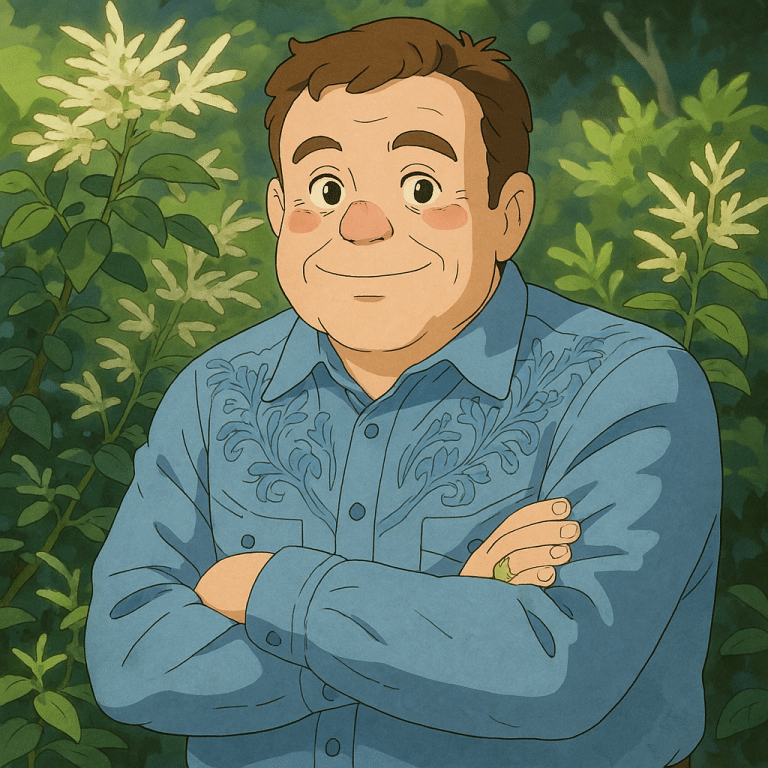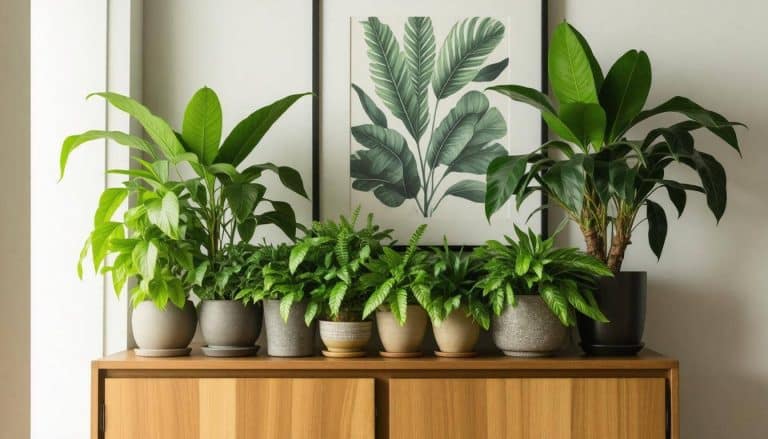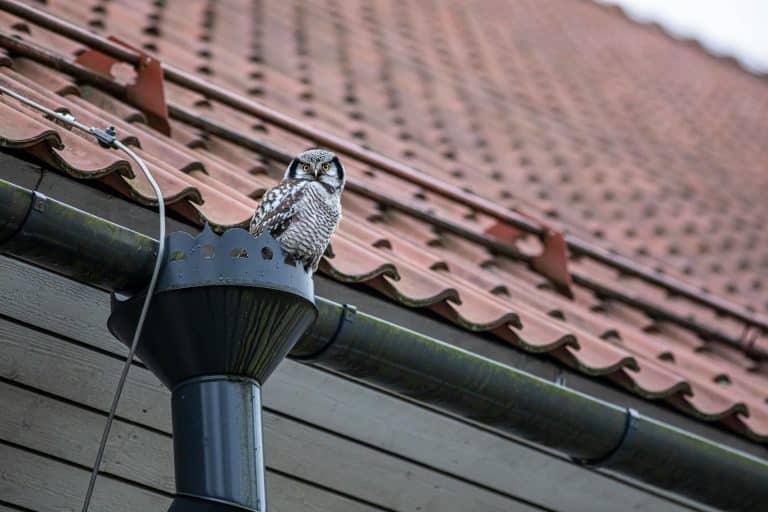Gardening is fun, but some jobs need the right tools. One of these tools is a widger. If you’ve never heard of it, don’t worry. A widger is a small, helpful tool used to move tiny plants, like seedlings, from one place to another.
It makes planting easier and helps keep roots safe. Many people use it when starting seeds or moving small plants into the garden. It looks simple, but it does a big job. In this guide, you’ll learn what a widger is, how it works, and why it’s a smart tool to keep in your garden shed.
We’ll also discuss how it differs from other tools like dibbers and trowels. By the end, you’ll see how a widger can make gardening easier and more fun, especially when working with small, delicate plants.
What Is a Widger?
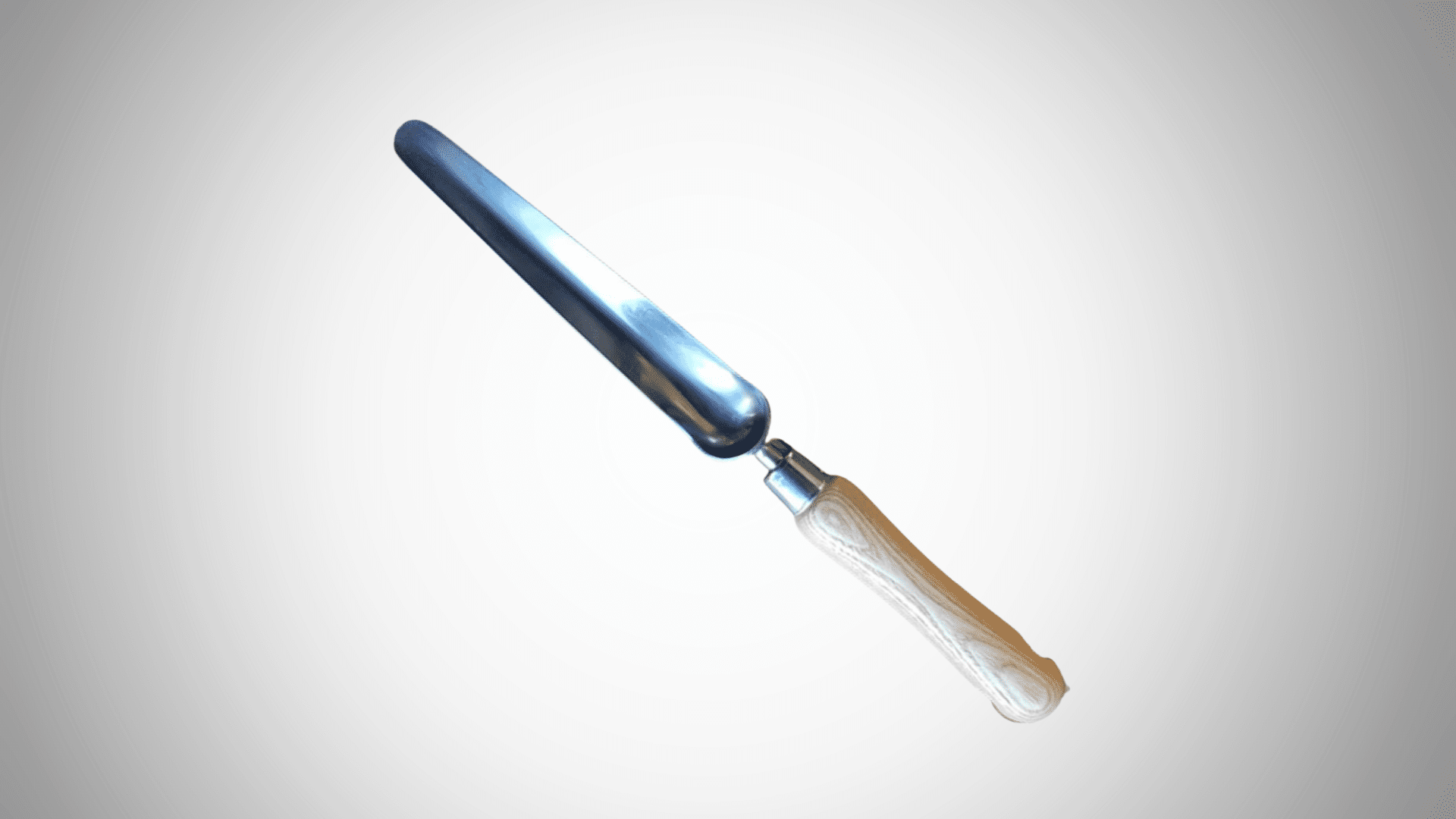
A widger is a small hand tool for moving and planting tiny plants. Its thin, flat blade, usually curved, helps you scoop up soil and roots without hurting the plant. Some widgers have one end that looks like a spoon and the other end like a narrow knife or flat stick.
The tool is small and lightweight, so it’s easy to carry and use. Most are made from metal, like stainless steel, but some are made from plastic or wood. The handle is often made to fit your hand comfortably.
What Is a Widger Used For?
The widger is made for jobs that need care and a gentle touch. The main things it is used for are:
1. Moving Seedlings: When you start plants from seeds, you need to move them once they grow bigger. A widger helps lift the seedling out of the soil without hurting the roots.
2. Planting Small Plants: A widger makes putting small plants into pots or garden beds easy. You can make a small hole, drop in the plant, and press the soil around it.
3. Loosening Soil: Sometimes, soil gets packed and hard. A widger can gently break up the soil around a plant so roots can grow better.
4. Weeding Small Spaces: You can also use a widger to pull out tiny weeds from tight spots like between other plants or near seed trays.
What Does a Widger Look Like?
A widger is usually 6 to 8 inches long. It is shaped like a long spoon or a flat scoop. One end may be curved and rounded, and the other may be flat and straight. This lets you use it in different ways, like digging, scooping, or lifting.
Some widgers are all metal. Others have plastic or wooden handles. Many garden tool sets include a widger along with a dibber and trowel.
How Does a Widger Help in Gardening?
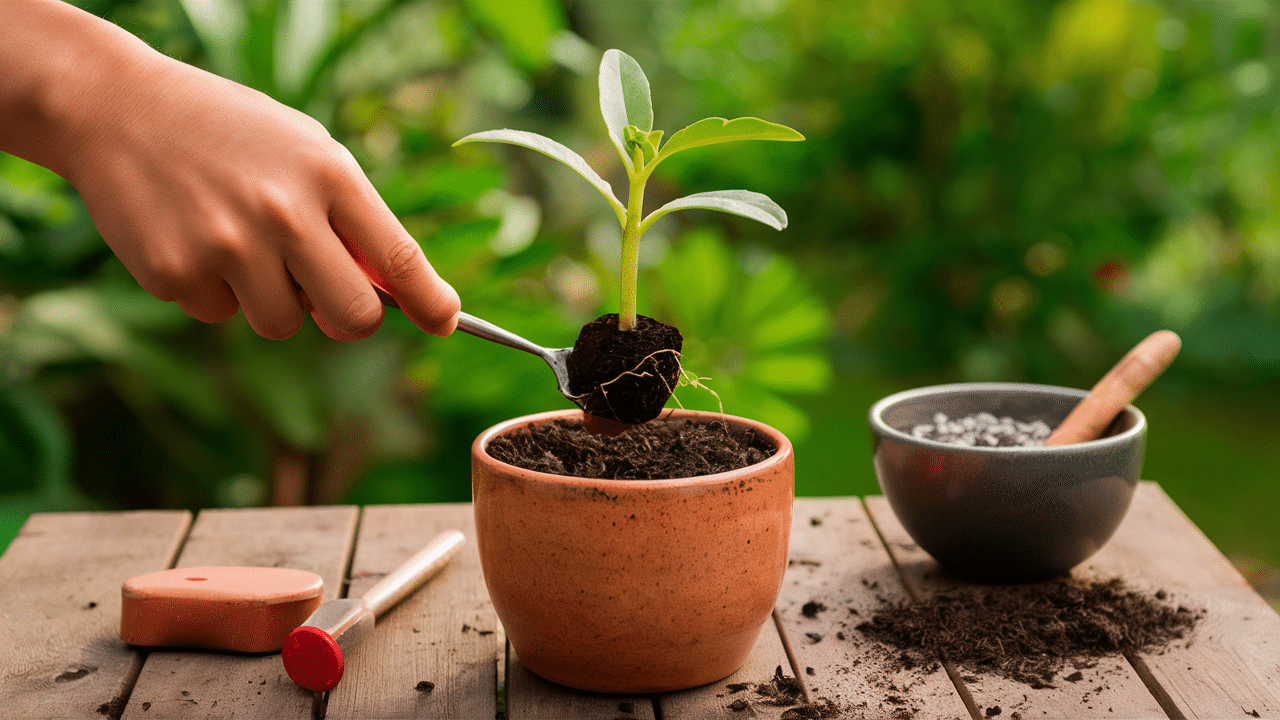
A widger might look like a small tool, but it can do a lot to make gardening easier. It helps gardeners work with tiny plants, soft soil, and seed trays. Let’s look at all the ways a widger is helpful in the garden.
1. Helps Move Seedlings Without Damage
When you grow plants from seeds, the baby plants (called seedlings) are small and delicate. Their roots are tiny and can break easily. If you pull them out with your hands or a big tool, the roots can get hurt.
A widger is made to scoop under the plant and lift it gently, keeping the roots safe. This means your plants are more likely to survive and grow well in their new spot.
2. Makes Transplanting Easy
Transplanting means moving a plant from one place to another. For example, you might start seeds in a tray and then move them into a garden bed or a bigger pot.
The widger lets you:
-
Dig a small hole without disturbing other plants.
-
Pick up the seedling with its roots and a bit of soil.
-
Place it in the new hole without touching the roots too much.
This makes transplanting fast, safe, and less messy.
3. Protects Roots
Roots are the most important part of a plant. If they get hurt or cut, the plant might stop growing or even die. That’s why it’s important to be gentle.
A widger has a thin, flat edge that slides easily into the soil. It doesn’t pull or yank the plant. Instead, it lifts the whole root system carefully. This helps the plant stay healthy after moving.
4. Loosens Tight Soil
Sometimes, soil gets packed down and hard. This makes it tough for roots to grow and water to reach them.
A widger can be used to loosen soil around a plant gently:
-
It breaks up hard chunks of dirt.
-
It creates space for water and air to get in.
-
It helps roots spread out more easily.
Looser soil also makes it easier to pull out weeds.
5. Works Well in Small Spaces
Some gardening tools are too big for tight spots, like seed trays, flower pots, or small garden beds. A widger is small and narrow, so it fits into those areas without hurting nearby plants.
You can use it to:
-
Dig around a plant in a crowded area.
-
Plant seeds or tiny plants close together.
-
Remove weeds growing next to flowers or vegetables.
It’s like a tiny helper for the parts of your garden that are too tight for bigger tools.
6. Saves Time and Effort
Because a widger is made for small jobs, it saves you from using your fingers or struggling with larger tools. It’s fast and easy to grab a widger, do the task, and move on.
For example:
-
You don’t have to dig big holes.
-
You won’t crush seedlings when lifting them.
-
You can move plants quickly from tray to soil.
This makes gardening more fun and less stressful, especially during planting season.
7. Useful for Indoor and Container Gardening
If you grow herbs or small plants indoors or on a balcony, a widger is the perfect tool. You don’t need a big shovel for a small pot. A widger helps you plant, dig, and move things around in tight containers.
8. Keeps Your Hands Cleaner
When using a widger, you don’t need to dig with your fingers. This keeps your hands cleaner and protects your skin from rough soil or tiny thorns. It’s also helpful if you wear gloves and don’t want to take them off to do small tasks.
9. Great for Starting Seeds
A widger is very helpful when you:
-
Add seeds to small holes in seed trays.
-
Move young seedlings to bigger pots.
-
Clear extra soil off the top of the seed trays.
It helps you handle seeds and baby plants without damaging them, making sure more of your seeds grow into strong plants.
10. Reduces Plant Shock
“Plant shock” happens when a plant gets stressed after being moved. This can happen if the roots are damaged or if the soil around the roots falls apart.
A widger helps reduce plant shock by:
-
Keep the soil around the roots in one piece.
-
Gently move the plant with the root ball.
-
Letting you place the plant neatly in its new hole.
Less shock means the plant gets back to growing faster.
Types of Widgers
There are a few different kinds of widgers. Some common types are:
- Metal Widger: Made from stainless steel or aluminum. These are strong and last a long time. They are easy to clean and don’t rust if you dry them well.
- Plastic Widger: These are lightweight and cheaper. They work fine for soft soil but can break if the soil is too hard.
- Wooden Widger: These have a natural look and feel nice in the hand. They need more care because wood can crack or rot if left in water.
How to Use a Widger Step by Step

Using a widger is simple, but using it the right way can help protect your plants and save time. Below is the step-by-step guide to using a widger when moving or planting seedlings.
Step 1: Water the Soil First
Before you use your widger, water the soil around your seedlings; this softens the dirt, making it easier to slide the widger under the plant. Soft soil also helps protect the roots from breaking.
Step 2: Slide the Widger into the Soil
Take the widger and gently slide the curved or flat end down beside the seedling. You don’t need to dig deep. Just go down far enough to get under the roots.
Step 3: Lift the Seedling Gently
Use the widger to scoop under the plant. Slowly lift the seedling, keeping as much of the root and soil together as possible. Try not to shake or pull it too hard.
Step 4: Move the Plant
Hold the seedling gently by the leaves (not the stem) and move it to its new home. This could be a pot, garden bed, or bigger container.
Step 5: Use the Widger to Make a New Hole
Use the other end of the widger or the same curved side to make a small hole in the new spot. Make sure the hole is deep enough for the roots to fit in.
Step 6: Place the Seedling in the Hole
Set the seedling into the hole carefully. The roots should be fully covered, and the plant should stand upright.
Step 7: Press the Soil Around It
Use your fingers or the flat side of the widger to press the soil around the plant gently. This helps hold the plant in place and removes air pockets.
Step 8: Water Again
Once your seedling is planted, please give it a little water to help it settle in. Water helps the roots adjust to the new soil and keeps the plant healthy.
Widger vs. Dibber: What’s the Difference?
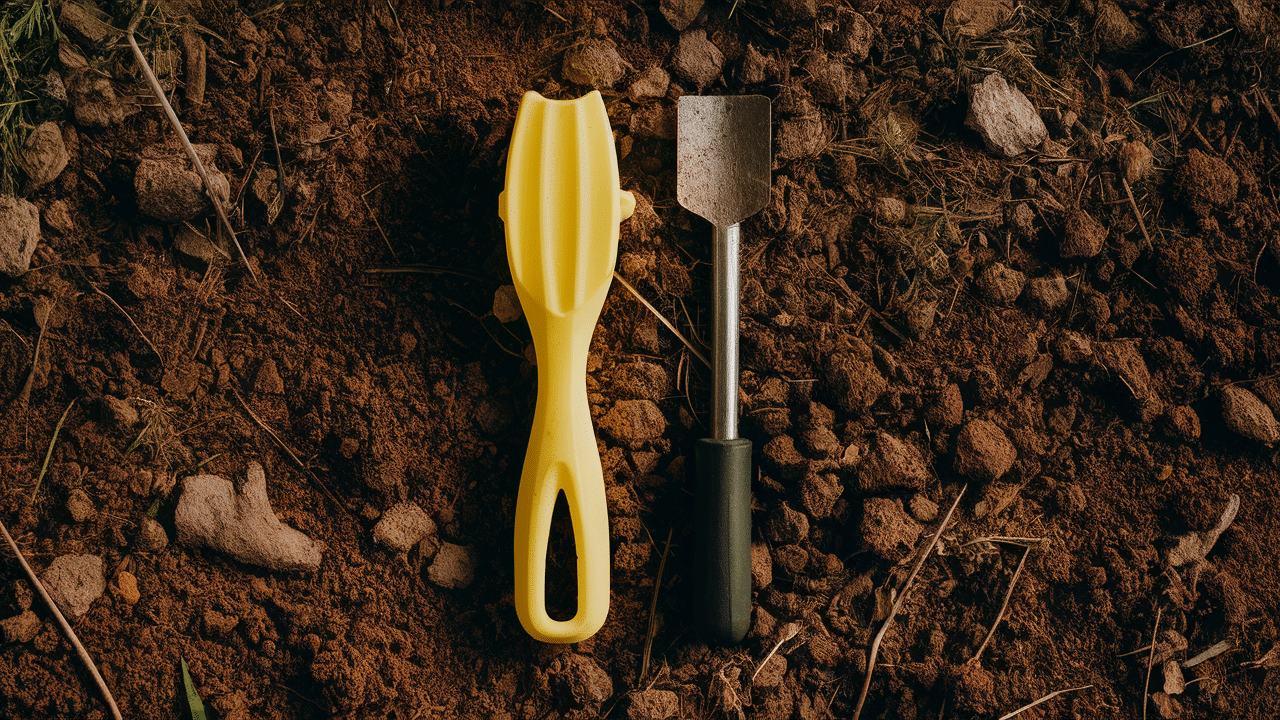
| Feature | Widger | Dibber |
|---|---|---|
| Tool Shape | Flat and curved blade, often with two ends | Pointed stick or rod |
| Main Use | Lifting seedlings and moving soil gently | Making holes in soil for seeds or seedlings |
| Best For | Transplanting delicate plants or seedlings | Planting seeds or small bulbs |
| Root Safety | Very gentle on roots; protects young plants | Can damage roots if used to lift seedlings |
| Soil Use | Works best in soft, loose soil | Can be used in harder soil to poke holes |
| Common Material | Metal, plastic, or wood | Wood, metal, or plastic |
| Size | Small and narrow | Varies, but usually longer than a widger |
| Gardener Skill | Great for beginners and detailed work | Easy to use for fast planting |
| Extra Use | Loosening soil, removing weeds in tight spots | Marking plant spacing |
| Best Gardening Task | Transplanting seedlings from trays | Sowing seeds in rows or containers |
Why Gardeners Love the Widger
Gardeners who work with seed trays or start plants indoors often use a widger every day. It saves time, keeps roots safe, and fits well in tight spaces. It’s one of those tools that may look simple, but once you use it, you won’t want to go without it.
Even if you have bigger tools, a widger is handy for small jobs. It works well in raised beds, flower pots, and indoor gardens, too.
Widger Care and Maintenance
To keep your widger working well for a long time, follow these simple tips:
-
Rinse After Each Use: Wash off soil right after using it.
-
Dry It Well: Don’t leave it wet, or it might rust or crack.
-
Store It Properly: Keep it in a garden box or hang it up in a dry shed.
-
Sharpen the Edges (if metal): Some metal widgers may need a quick sharpening over time.
Conclusion
A widger may be small, but it does a big job in the garden. It helps move tiny plants, lift seedlings, and loosen soil without hurting the roots. It is one of the best tools for gardeners who grow plants from seeds. You can use it in seed trays, pots, or garden beds. It fits in small spaces and is easy to carry.
This tool is simple to use. Just slide it into the soil, scoop the plant, and move it with care. It saves time and keeps your plants safe. It also helps you plant faster and cleaner. If you enjoy growing flowers, herbs, or vegetables, a widger can make the job easier.
You don’t need to spend much money to get one, and you can even make one at home. Keep it clean, store it well, and it will last a long time. A widger is a smart tool for any gardener.


